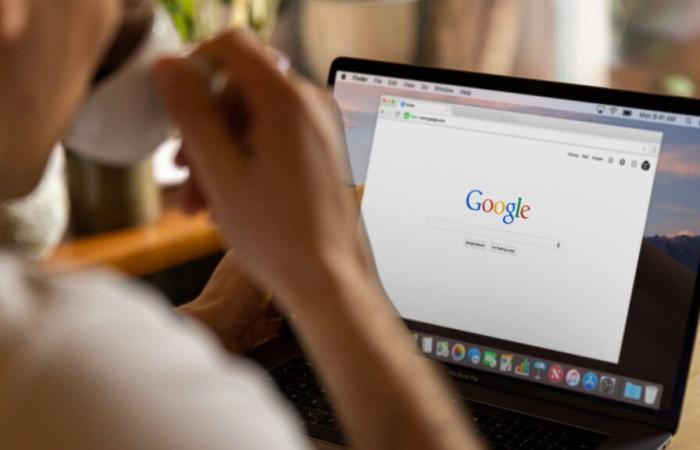Google will launch an experiment on November 14 which will consist of excluding for a time the display of results referring to the press. Several European countries are concerned, including France. The test will reach a small sample of Internet users. Others will not be affected.
The information was only supposed to be revealed on November 14, but it has just been revealed before the time by La Correspondance de la presse and by the secretary general of the Group of publishers of content and online services (Geste) , Emmanuel Parody. Starting tomorrow, Google will test the removal of media from its results in Europe.
For an unspecified period, but which should probably extend over a few weeks at least, the American company will therefore suppress the display of results referring to press publications – it will however still be possible to find the media on the web, by typing their address into the browser, for example.
Disappearance on Search, Google News and Discover
This experiment will cover both classic Google results (i.e. the search engine), its News section as well as Discover, a service supposed to show content corresponding to the interests of each user. Internet user. These three channels constitute the main sources of traffic acquisition for the media.
On the continent, France will be affected like several other EU countries: Belgium, Croatia, Denmark, Spain, Greece, Italy, the Netherlands and Poland, reports the Correspondence of the press. There is one notable absentee among the great nations: Germany. After the test, the results will display as before.
It is important to note that this test only targets European media. The international press is not covered by this test. This means that American, Australian, New Zealand and even Japanese newspapers remain accessible on Discover, Google News and in search. Ditto for the British press, outside the EU.
This test, which was to be revealed in more detail in a blog post (Google finally published it in advance), will affect 1% of Internet users in the nine European countries cited. They will be selected randomly. There will also be a control group, which will also include 1% of Internet users, and which will be preserved in order to compare the behavior between the two populations.
The objective would be, reports La Correspondence de la Presse, for Google to be able to “ to more reliably estimate the direct and indirect value of the contents of press publications […] so that all parties, including publishers and authorities, can refer to concrete data ».
Implications of the Copyright Directive
Since 2019, the European copyright directive broadly provides for the creation of a neighboring right for press publishers. It is precisely a question of directing part of the profits of online platforms to the media, on the grounds that they reuse their editorial production – and that they generate audiences in this way.
Through this directive, exceptions have been provided for to the principle of these related rights, in order to authorize the sharing of hyperlinks without remuneration, and also the sharing of titles and very brief extracts – this notion of brevity however makes the subject of a different assessment between the tech giants (who must pay) and press publishers.
Google is highly concerned by this directive. The company is therefore based both on this text, and on the request of stakeholders to obtain “ additional data regarding the impact of news content appearing in Search on the use of [leurs] produced by Internet users ”, to run this test.
In this case, it is not a decision taken unilaterally by the Mountain View firm, but the result of a specific regulatory overview and a request coming from independent administrative authorities and press publishers themselves. same. Google promises that measures are planned to compensate for possible reductions in remuneration over the period.
To obtain this data, the company believes that it needs to carry out this A/B test, which here consists of deploying two variants of its services to two groups of Internet users. A way for Google to see more clearly the impact of press articles on its services, and by extension their added value. And, ultimately, possible future adjustments.
(updated with some clarifications and the addition of the link to the Google blog post)







